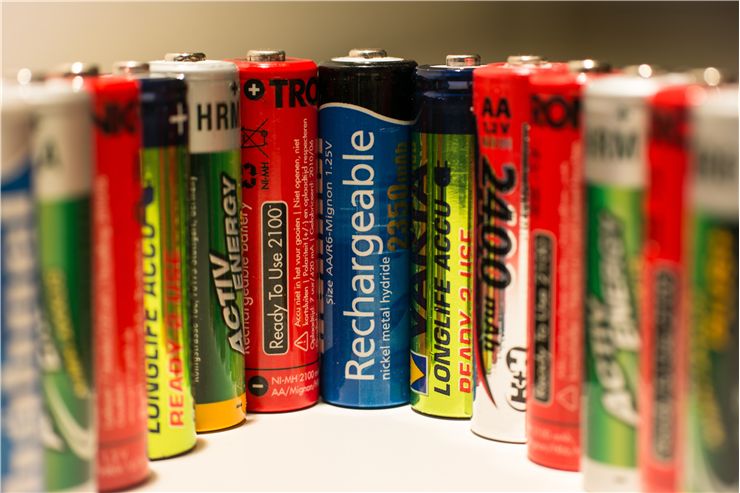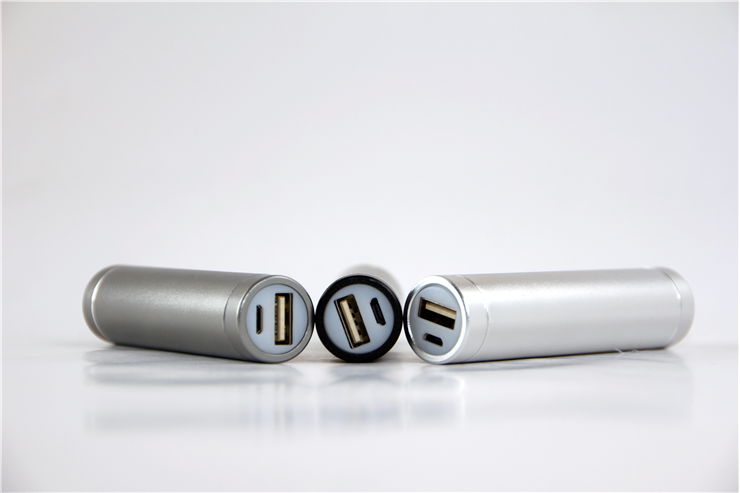Types of Batteries - Different Battery Types and Categories
Batteries are relying on chemical processes to create steady electric charge, and ever since first modern battery was created in 1800, many different solutions and materials were found to be able to achieve same goal. Over the years, industry of battery making, chemistry and technology have created clear and separate distinctions between various battery types that people from all around the world use on daily basis.
Battery types can be differentiated in several ways:
Types by their form
- Primary batteries are using such materials that they can be discharged only once, after which they cannot be used again. All the chemical processes are spent, and recharging is not possible without physically changing the materials used. Ordinary batteries used by consumers are usually primary, which includes batteries made from Zinc Carbon, Zinc Chloride, Alkaline Manganese and several types of Primary Button Cells (Mercuric Oxide, Zinc Air, Lithium and Silver Oxide).
- Secondary batteries have ability to be recharged by reversing the flow of the current back into them. Batteries of this type are made from Nickel Cadmium (cordless phones, laptops), Nickel Metal Hydride (famous for their longer life) and Lithium Ion (famous for their ability to hold a strong charge).
Types by their electrolyte cell material
- Wet Cell – These batteries use liquid electrolyte for both primary and secondary batteries.
- Dry Cell – Dry cell batteries use electrolyte that is in the form of paste, with just enough moisture to allow better flow of the current.
- Molten salt cell – Molten salt is another form of electrolyte material, famous for its ability to create high temperature that demands good insulation of the battery.
- Reserve battery – Battery that is assembled by user only when he needs it. All components and electrolyte are created and stored individually.

